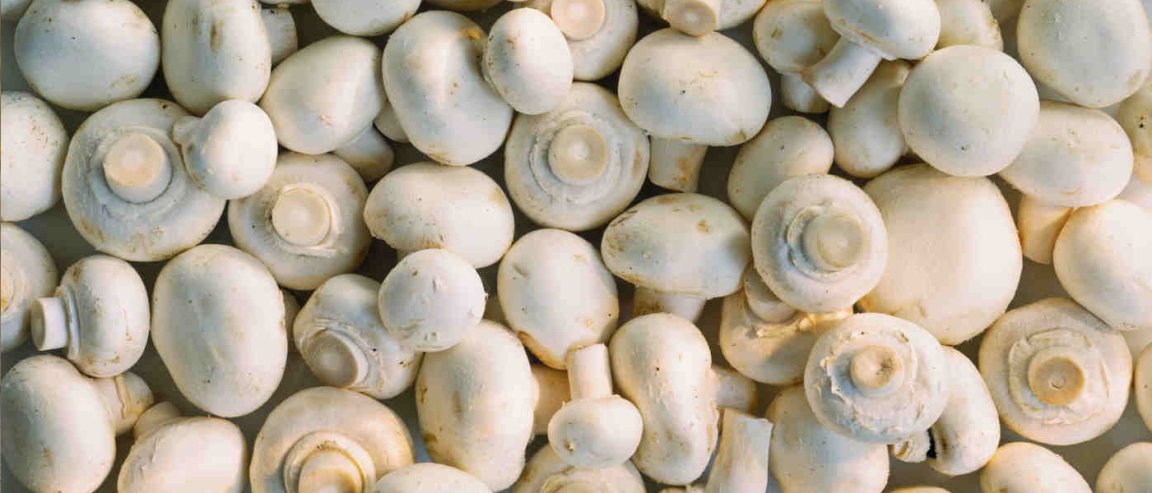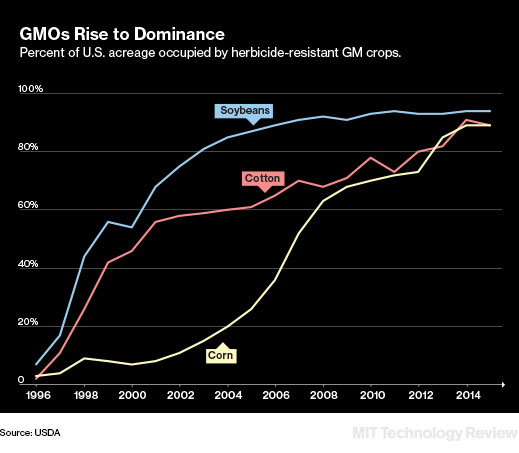
Genetically-modified organisms, or GMOs, have gotten a lot of criticism from people in recent years. Most of the coverage from the non-science crowd has been negative, and even those who are open to the idea have a large dose of skepticism.
Indeed, a host of questions plague GMOs: Are they safe for human consumption? Should GMOs carry labels so that consumers are aware? How long do we need to test before we know that they are really safe?
The fact of the matter is that, even with labeling, our next generation of GMOs are going to be widely unregulated, even if they pass through the reaches of the U.S. Department of Agriculture. Here’s why…
GMOs For Dinner
One of the most common staples in the western world is Agaricus bisporus.
You may know this species of mushroom as the “button mushroom” when white. When brown, it’s called the “crimini mushroom.” Both mushroom varieties come with several different names, but you probably have some variant in your kitchen right now.
Yinong Yang, a plant scientist from PennState, took this mushroom and used CRISPR to remove a few pieces from its genome.
The result? He removed the enzyme responsible for turning the mushroom brown—and the resulting genetically-modified fungus is not regulated precisely because of this removal.
The Loopholes of GM Regulation
During the 20th century, Monsanto was on the rise with their biotech crops. They tried finding ways to wiggle around the regulation standards.
Case in point, they created a pesticide-resistant soybean, which contained an introduced bacterial gene. The U.S. Department of Agriculture found that this GM variant of soybean could be regulated to control plant pests, since it had an introduced gene.
But the U.S. DoA could not regulate Yang’s genetically-modified mushroom, because it didn’t contain any introduced genes. He just snipped out a few pieces from the DNA sequence. It wasn’t considered a plant pest, either. Thus, the mushroom was cleared with no regulation.
And with the use of GM crops on the rise, more and more GM goods are going to be unregulated as a result of similar reasoning.

In fact, there’s already a handful of similar cases. Last year, the Ranger Russet potato was cleared without regulation. It’s a new variant that doesn’t accumulate sweet sugars as quickly, resulting in delayed spoiling.
Regulators are trying to define new standards, while biotech companies are excited and hopeful about the future of GMOs. “Oversight of [genetic-engineering] has never seemed so much like a powder keg waiting to explode,” said Jennifer Kuzma, a professor and policy researcher at North Carolina State University.
We expect to see more GMOs on the market shelves in the near future.
However, as for Yang’s mushroom, its future doesn’t look so bright. The company that funded the research, Giorgio Mushroom Co., fears the negative response from the public if the mushroom hits the shelves. It seems that even with government regulation, there’s still power left in choice amongst the people.
Let’s just hope it’s an informed choice—one based on a healthy knowledge base, not on irrational and unsubstantiated fears.